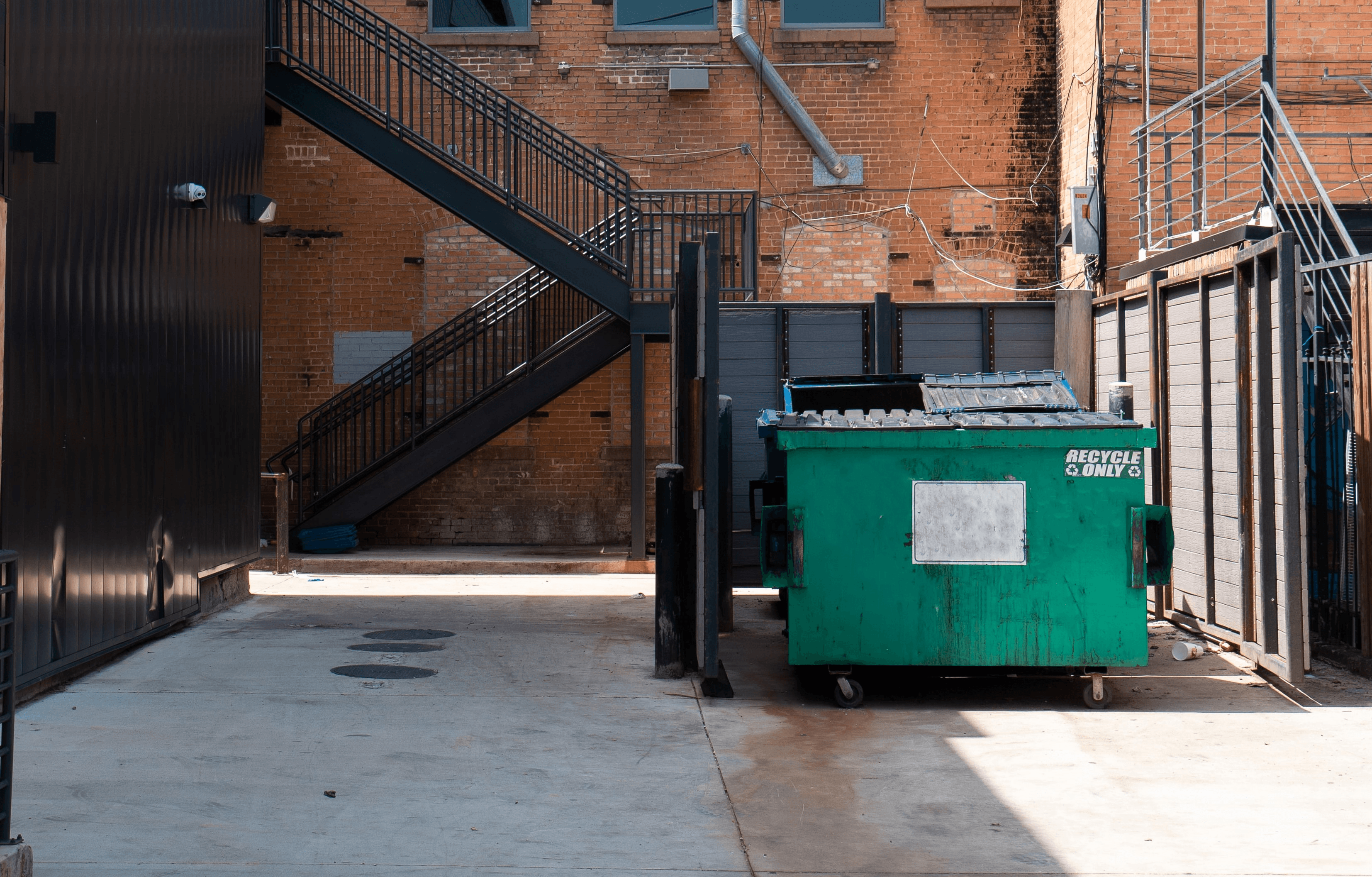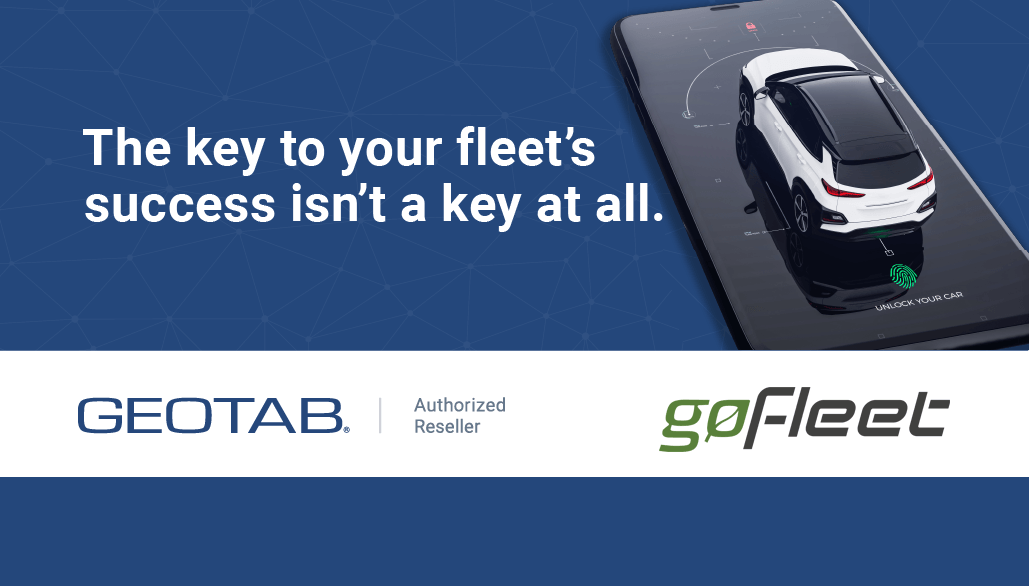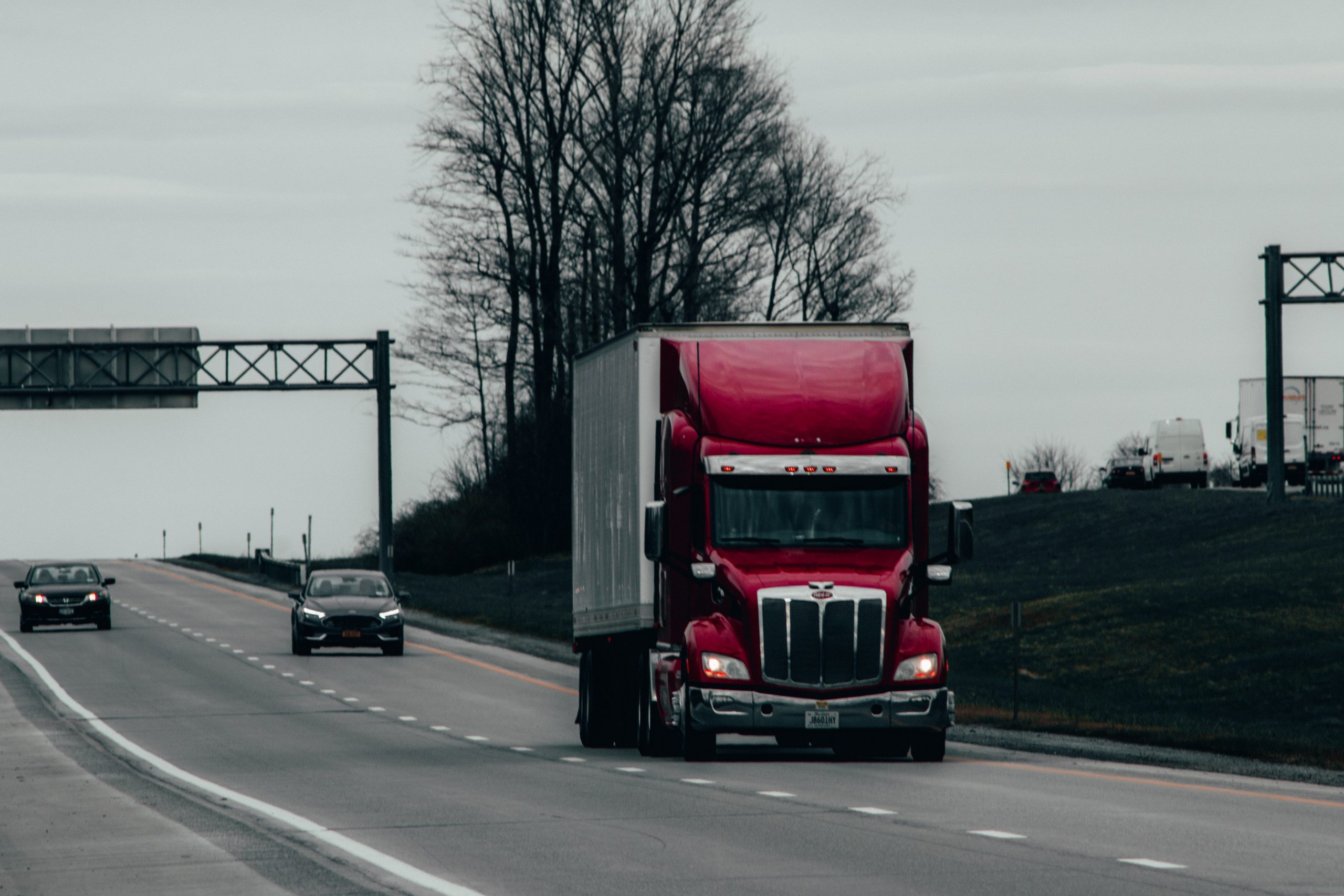The period of implementing asset trackers has come and all fleets have started to recognize the true potential of telematics. With the aid of asset trackers fleets have seen a rise in revenue, productivity and safety, while a decrease in variable costs such as fuel, maintenance and hours of service (HOS).
More fleets are trying to join in on the trend of implementing telematic solutions but are surprised with the plethora of resources available. This is quite overwhelming, and as a result, fleets are starting to equip their fleet with solutions without first knowing their needs.
Every fleet has their own needs. It could be to prioritize temperature monitoring, making use of solar energy or even working outside of cellular coverage with satellite tracking. Without learning your needs, the wrong solution could get implemented which could prove to be fatal both in terms of productivity and finances.
Working Outside Of Cellular Coverage With Satellite Tracking
Fleets working outside of cellular coverage must ensure they’re implementing a satellite tracking solution. Most asset trackers are designed to be operated within cellular bounds. Asset trackers are used to transmit data to the main system for the fleet to make use of and if it’s not within cellular range, it will no longer transmit data. This results in the fleet not having connection or sight over the asset. This is why fleets who are working outside of cellular coverage where batteries are difficult to maintain, must ensure they use a solution like the Global Star SmartONE C tracker.
The SmartONE C – Tracking Beyond Coverage
The SmartONE C is the satellite tracking solution offered by GoFleet to track assets beyond coverage. Offering global satellite coverage, it’s a practical solution for a multitude of operations including 12 different reporting times, interval or 24 hour operation mode, alternate reporting schedule, low battery messaging, motion sensor or vibration parameter and scheduling, contact closure parameters as well as diagnostic messages.
The SmartONE C – Features
The SmartONE C uses motion sensors, comparative GPS positions and custom configured sensors to gather and transmit asset status information about safety, maintenance procedures and driver analytics. Each SmartONE C is configured to track its asset’s specific needs and provide intermediate and emergency alerts by email or text.
The SmartONE C can be line powered, and that’s when the user has maximum flexibility in messaging frequency allowing for regular monitoring of asset location. In the absence or interruption of external power, the SmartONE C can automatically switch to battery backup. The asset tracking device is powered by four “off the shell” AA 1.5V lithium batteries providing 3+ years of battery life and eliminating the need to purchase expensive proprietary batteries for replacement.
A Case Study – Satellite Tracking For Winter Fleet Management
In 2019, a storm dumped nearly two feet of snow on the city and made some neighborhoods impossible to access. Streets that would normally be cleared with a standard plow vehicle were unmanageable because of the compaction and weight of the snow. There was a need for a specific kind of grader to bore through, but without proper data, there was no indication ahead of time that this special equipment was necessary. Plowing crews only found out about the conditions when the normal snowplow arrived and could not clear the street.
Every year, over 1,300 deaths and 116,800 injuries occur from vehicle crashes due to snowy conditions on roadways. Snow removal, sanding and salting roads helps these conditions, but few trucks are available to perform the work. Accurately knowing where the heaviest snow has fallen will enable dispatchers to deploy the correct equipment to clear the dangerous areas first.
The fleet needed to know the speed of snow accumulation in near real time, new snow depth by the hour as well as total depth for the day, month and season in multiple areas at once. Simply measuring the snow with a stick was not an option, as they needed to monitor several miles of land, some of it in remote areas out of cellular range. What they needed was a digital solution that was affordable, flexible, easy to install and ideally could serve other purposes after the snow was gone.
To tackle this challenge, the SmartONE C solution was implemented. As a result, all the snow data was placed into one easy-to-use web-based user interface. The SmartONE C gave managers the power to view the location, behavior and other telematics data collected by assets in their organization’s technology ecosystem. It was possible to group and sort assets, customize interfaces and user permissions and automate alerts or reports to suit the fleet’s needs.
Implementing the SmartONE C allowed the fleet to watch snow levels as they grew in multiple locations at once, allowing them to estimate the hourly accumulation to help them determine their removal plan. The fleet was also able to track the plows’ locations and behavior on the same user interface as the snow depth. In addition, they could manage the consumption of salt being used on the road and supply the drivers with valuable emergency communication capabilities out of the treacherous roads.
Satellite tracking solved the challenges that winter fleets were facing and simplified their management process. If you’re fleet works outside of cellular coverage or operate in places where the connection isn’t strong, the SmartONE C would be the best choice for your fleet. It will allow you to operate and track fleet data almost anywhere globally and help take your fleet to the next level. Contact us now for deep insight about the SmartONE C and how your fleet can implement it.








